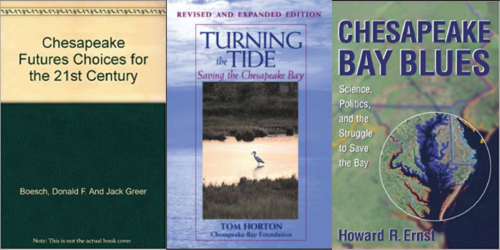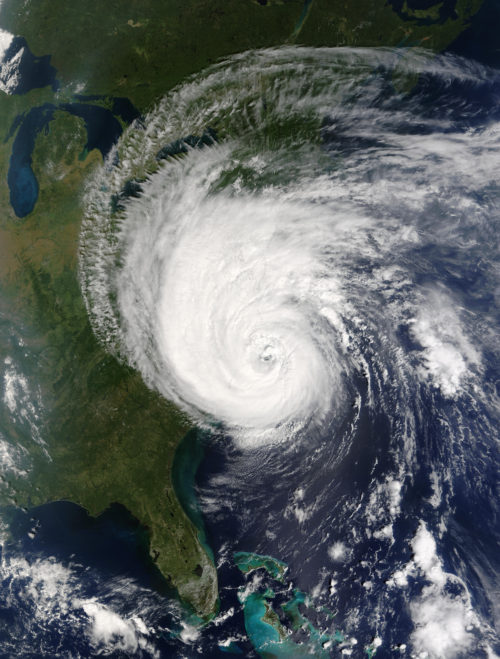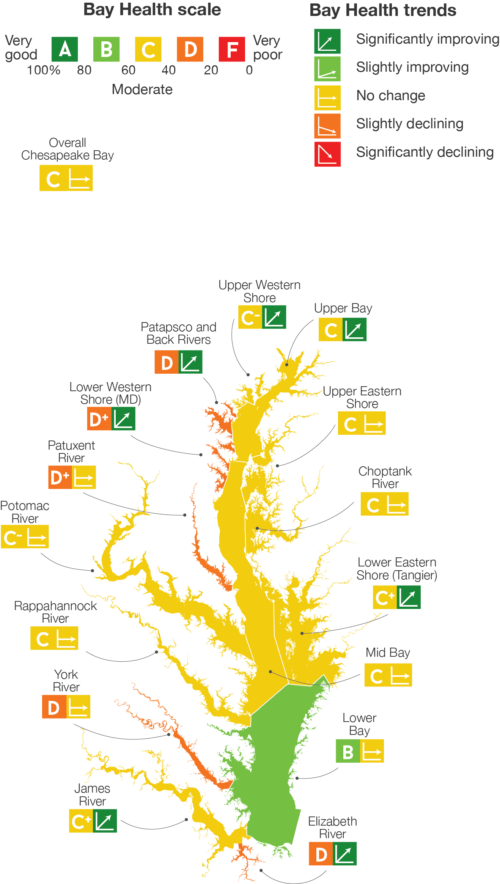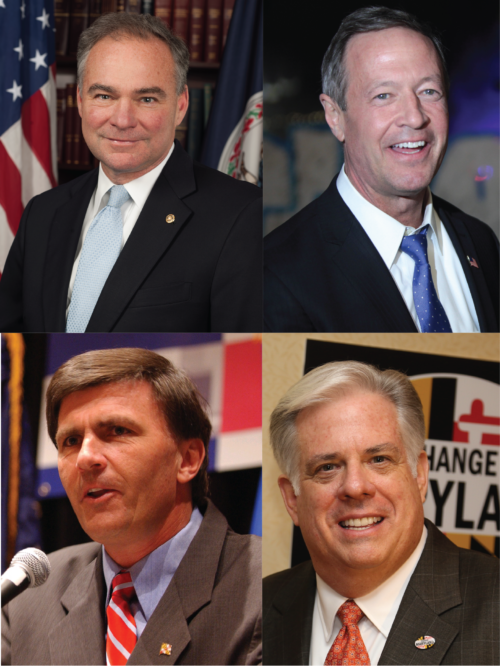A Long Love Affair with The Chesapeake Bay Part II
Bill Dennison ·Sixteen years ago, in 2002, I returned to UMCES as Vice President for Science Application. I was shocked at how much the Chesapeake Bay had degraded in my ten-year absence. In addition to the “Pfiesteria Hysteria,” chronic dead zones occurred each summer, mahogany tides were recurrent, crab harvests were down, oysters were virtually gone, and the water was visibly turbid. In the following year, 2003, three books were published that chronicled the woes of Chesapeake Bay: Chesapeake Bay Blues by Howard Ernst, Turning the Tide; Second Edition by Tom Horton, and Chesapeake Futures edited by Don Boesch and Jack Greer. In addition, a front page spread in the Washington Post discussing the decline of the Chesapeake Bay attracted the attention of the U.S. Congress. This lead to Government Accountability Office, Office of Budget and Management, and EPA Inspector General visits. In 2003, a major storm affected Chesapeake Bay when Hurricane Isabel passed to the west of the Bay, resulting in a storm surge that inundated low lying areas. Hurricane Isabel caused significant property damage, but did not have long term negative effects on the Bay.


In 2004, Maryland Governor Robert Ehrlich instituted a flush tax to upgrade sewage treatment facilities. This provided a reliable funding stream for nutrient reductions. In 2005, submerged aquatic vegetation began a dramatic resurgence in the Susquehanna Flats. In 2006, the first UMCES Chesapeake Bay report card was released, providing annual science-based, geographically explicit assessments. In 2007, Governor Martin O’Malley instituted BayStat to track Chesapeake health and restoration progress. He also created the Chesapeake and Atlantic Coastal Bays Trust Fund to provide a funding stream for diffuse nutrient improvements, as in the winter cover crop program. In 2008, Virginia Governor Tom Kaine and Maryland Governor O’Malley enacted crab regulations that led to a recovery of the iconic blue crabs. All of these activities helped catalyze improvements in the Chesapeake, but not in time for the 2010 deadline, which resulted in the enactment of a regulatory Total Maximum Daily Load (TMDL), or “Nutrient Diet.”
In 2011, Tropical Storm Lee produced the second largest recorded Susquehanna River flow. This flow impacted the Bay, testing the resilience of Chesapeake Bay. The good news was that although the Susquehanna Flats submerged aquatic vegetation were affected, they were not wiped out and had a rapid recovery.

In 2014, the Chesapeake Watershed Agreement was signed, which incorporated climate change, stewardship and governance goals with two year milestones. There have been multiple Chesapeake Bay agreements prior to this agreement, prompting me to quote James Michener “Character consists of what you do on the third and fourth tries.” In 2014, we published “New Insights: Science-based evidence of water quality improvements, challenges and new opportunities in the Chesapeake” which documented the successes due to implementation of the Clean Air Act and the Clean Water Act, the challenges of urban and agricultural runoff, and the opportunities for new technologies to reduce pollution. In 2015, Maryland Governor Larry Hogan began fully funding the Chesapeake and Atlantic Coastal Bays Trust Fund and made land preservation a priority.
In 2017, the Chesapeake Bay report card showed significantly improving scores in seven of the fifteen reporting regions. Submerged aquatic vegetation was observed at Solomons Island for the first time since 1972. The Harris Creek oyster restoration was completed with 2 billion oysters planted in an area the size of the National Mall in Washington, D.C. These measurable improvements make me love Chesapeake Bay even more. The resilience of this magnificent estuary is simply amazing.

Looking into the future, the human population will continue to grow. In 1972, there were 12 million people in the watershed, 17.4 million in 2010, and by 2025 there are expected to be 19.4 million people. Sea level will continue to rise and the Bay will continue to become warmer and saltier. We will need to adapt to a very different Bay than the one that Robert de Gast photographed. This future Chesapeake Bay should be able to support sustainable fisheries, including the growing aquaculture business, high water quality and intact habitats.
I featured the actions of two Democratic governors (O’Malley and Kaine) and two Republican governors (Ehrlich and Hogan) in this blog because the restoration of Chesapeake Bay has been and needs to continue to be a bipartisan effort. In our current hyper-partisan political climate, it is more important than ever to maintain this bipartisan approach to ecosystem restoration.

Reviewing my personal key Chesapeake timeline events, I currently LOVE the situation in 2017 where the Bay is on a positive trajectory. Fifteen years ago I returned to Chesapeake after a ten-year hiatus. Thirty years ago, I started researching Chesapeake Bay, and forty years ago, I sailed the length of the Bay aboard a tall ship. Thus, my tennis score analogy of LOVE, 15, 30 and 40.
Finally, I adapted the lyrics to a song that was number one in 1972; American Pie by Don McLean. This is Miss Chesapeake Bay:
Miss Chesapeake Bay
29 Nov 2017
William C. Dennison
A long long time ago
I can still remember now
Those oysters used to make me smile
And I knew if I wanted to take a stance
That I could give Chesapeake a chance
And maybe I’d be happy for a while.
But Hurricane Agnes made me shiver
With all the sediments it did deliver
Bad news on the doorstep
I couldn't take one more step
I can't remember if I cried
When I read about the polluted tide
Something touched me deep inside
The day Chesapeake died.
So
Bye, bye Miss Chesapeake Bay
Drove my Chevy to Tilghman to get good looks
And them good ole boys were eatin’ jimmies and sooks
Singin' this'll be the day the Bay dies
This'll be the day the Bay dies.
Did you write the book of love
And do you have faith in God above
If the Bible tells you so?
Do you believe in restoration?
Can we save the Bay for a duration?
And can you teach me how to fix the Bay?
Well, I know that you're in love with it
'Cause I saw you all commit.
You all pulled out all stops
Man, I dig those cover crops
I was a lonely science geek
It was knowledge I did seek
Because the Bay is so unique
And I learned the Bay didn’t die.
I started singin'
Hello, Miss Chesapeake Bay
Drove my Chevy to Tilghman to get good looks
And them good ole boys are still eatin’ jimmies and sooks
Singin’ this Bay is getting better
This Bay is really getting better!
Photo Attributions:
1Chesapeake Futures Choices for the 21st Century. D.F. Boesch and J. Greer. Chesapeake Research Consortium; 1st Edition. 2003. Front Cover.
2Turning the Tide: Saving the Chesapeake Bay. T. Horton. Island Press. 2nd Edition. 2003. Front Cover.
3Chesapeake Bay Blues: Science, Politics, and the Struggle to Save the Bay. H.R. Ernst. Rowman and Littlefield Publishers, 1st Edition. 2003. Front Cover.
4Hurricane Isabel 18 Sept 2003 by Jacques Descloitres, MODIS Rapid Response Team, NASA/GSFC. licensed by Public Domain
5Remnants of Lee and Hurricane Katia on 6 September 2011, NOAA Environmental Visualization Laboratory. licensed by Public Domain
6Tim Kaine, by United States Senate, licensed by Public Domain
Integration and Application Network
7Martin O’Malley by Gage Skidmore, licensed by CC BY-SA 2.1
8Robert ehrlich speaking at healthierUS summit cropped. United States Department of Health and Human Service, licensed by Public Domain
9Larry-Hogan by Marrh2 licensed by CC BY-SA 3.0
About the author
Bill Dennison

Dr. Bill Dennison is a Professor of Marine Science and Vice President for Science Application at the University of Maryland Center for Environmental Science.

